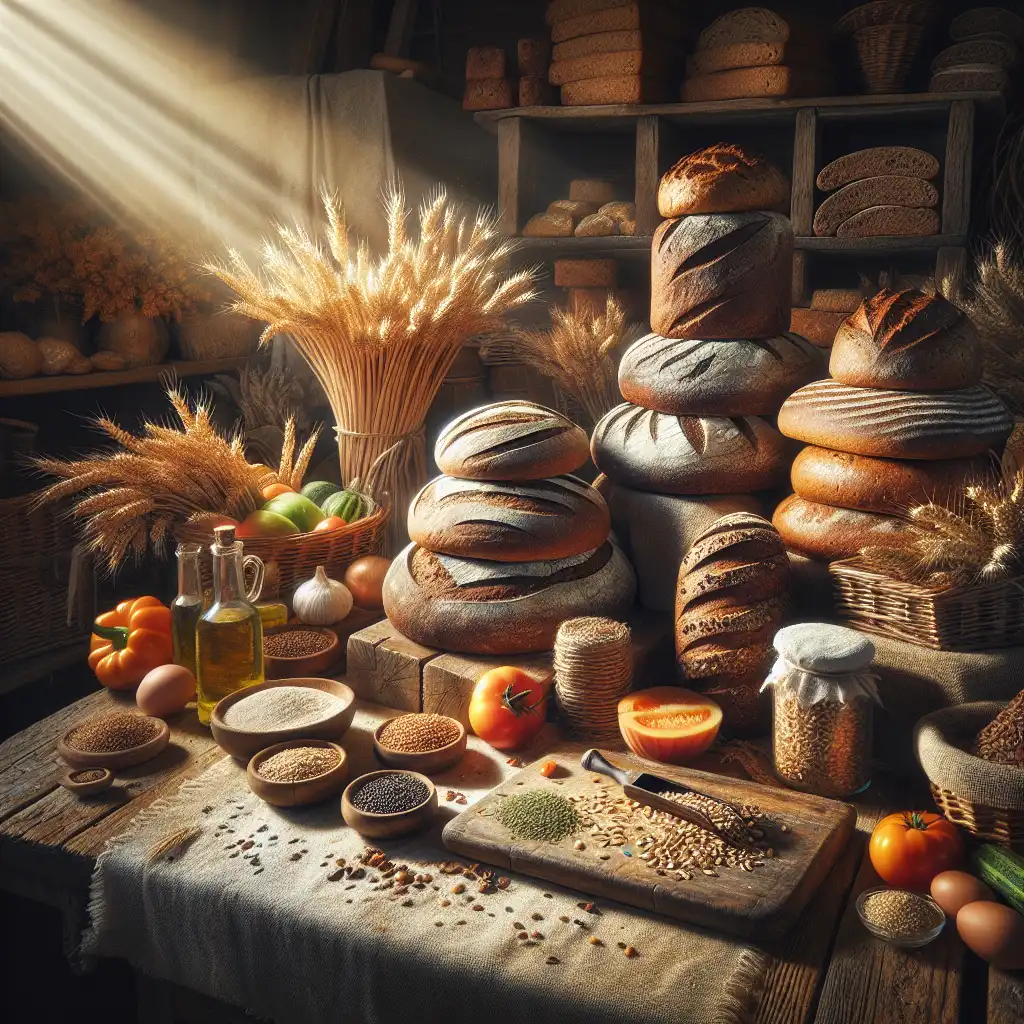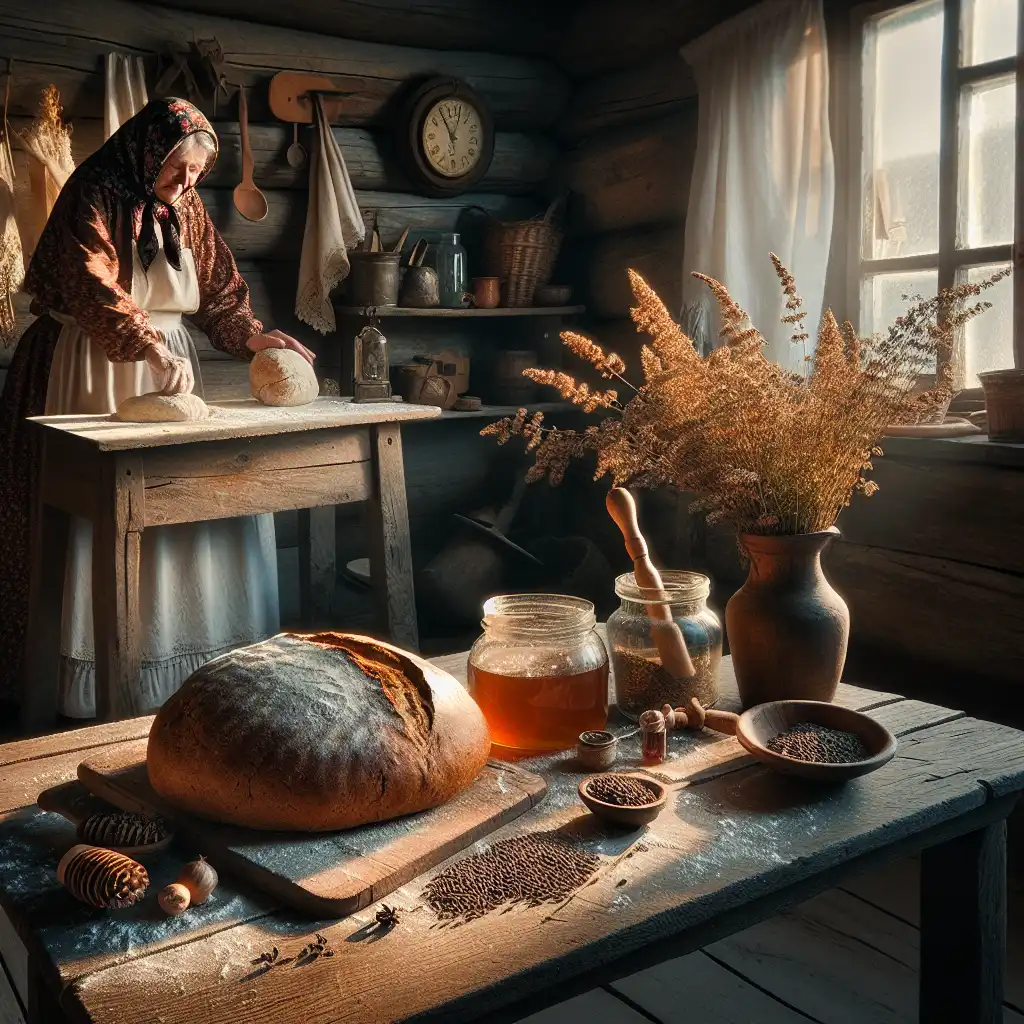
Rye
Culinary Uses
Rye is primarily associated with food and drink, often found in rustic or traditional recipes.  You can spot a rye field by its tall, blue-green stalks.
You can spot a rye field by its tall, blue-green stalks.
Health Perception
Rye is seen as a healthier alternative to wheat, with a reputation for being high in fiber.  Many opt for rye bread in health-conscious diets.
Many opt for rye bread in health-conscious diets.
Cultural Staple
In some cultures, rye is a staple grain, especially in Eastern and Northern Europe.  Rye has been a staple in Russian cuisine for centuries.
Rye has been a staple in Russian cuisine for centuries.